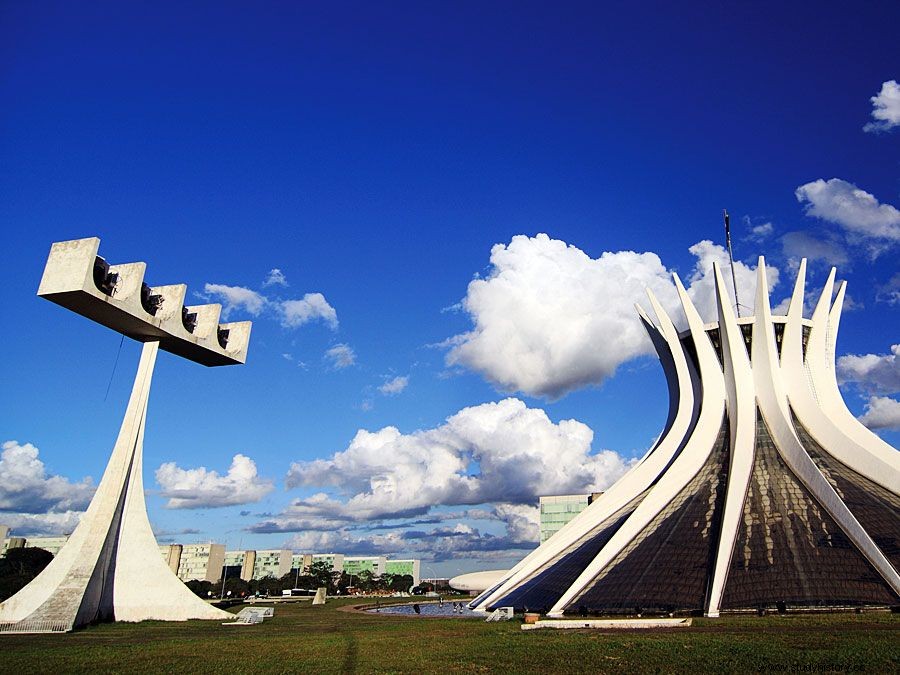Viceroyalty of New Granada , Spanish Virreinato de Nueva Granada , in the colonial Latin America , a Spanish viceroyalty—first founded in 1717, suppressed in 1723, and rebuilt in 1739—comprising today's Colombia , Panama (after 1751), Ecuador and Venezuela and had its capital in Santa Fe (present-day Bogotá ).
 Britannica Quiz Journey to South America:Fact or Fiction? Is the Brazilian capital known for its architecture? Is Argentina a big country? Sort fact from fiction - and learn about climate, capital cities and more on this journey through South America.
Britannica Quiz Journey to South America:Fact or Fiction? Is the Brazilian capital known for its architecture? Is Argentina a big country? Sort fact from fiction - and learn about climate, capital cities and more on this journey through South America. The separation of these areas from the Viceroyalty of Peru , one of the most important changes in colonial administration by the Spanish Bourbon monarchs, reflected the growing population and increasing economic importance of the area in the 18th century, and the perceived need for strengthening Defense against British activities in the Caribbean . Subsequent commercial and political reforms and increasing European demand for colonial products led to a period of relative prosperity as well as intellectual and cultural activity that the Split between Peninsular Spanish and Creoles middle and upper class tightened . The viceroyalty began to unravel in 1810 when most of the branch courts ejected their Spanish officials. Initially the new governments swore the Spanish monarch the loyalty , and they only began declaring independence the following year. A series of civil wars relieved the temporary reconquest of the United Provinces from New Granada by Spain between 1814 and 1816, and the area's liberation from Spanish rule was not completed until 1823. The name República de Nueva Granada (“Republic of New Granada”) was taken from Colombia in the period 1830-1858.
